New Year’s traditions in Ecuador
January 10, 2008
Topics: Ecuador
Originally written for CoolWorks.com
“Año viejo” (“the old year”) – it is the name of the puppet which symbolises the Old Year. People in whole Ecuador are destroying and burning this symbolic puppet when the year changes, 31st of December at 12 a.m.
The puppet is prepared either using old clothes or a wooden construction wrapped with paper, something like papier-mâché. After Christmas these Old Year symbols appeared everywhere – in the supermarkets, hotels, pharmacies, on the streets, and of course in the houses of Ecuadorians. In a public place sometimes one could see a small box for donations, which are collected in order to cover the expenses of all the festivities. More creative ones were placing puppets without heads and next to the donation box with the message “Help me to buy my head”.
Some drivers had an “año viejo” attached in front of their cars and buses. This puppet had different appearances – from Simpsons to monsters.
The last day of the Old Year is special for the men. They dress up as “crazy widows” who lost their husband Old Year (in Spanish “loca viuda”) and go to the roads to stop passing cars and ask for financial collaboration. Money collected in this way is supposed to cover expenses men had in the Old Year. During our trip from Baños town to the surrounding waterfalls, we had to pass more than 5 “crazy widow” road blocks in the distance of 10 miles.
Children also try to catch up with the adults. They grab scary movie or monster type masks and go to the city streets in search of donations from the people passing by.
When the Old Year counts its last seconds (night of the 31st of December), people on the streets happily kick their “año viejo” puppets and then create piles of these puppets in the middle of the streets. A bit of gasoline on top of the pile and right after the watch passes mark of 12 hours, Old Year piles become huge fireplaces along the streets all over Ecuador. Good bye, Old Year!.. In some cases, the flame was so huge, that it could have had unpleasant consequences for the owners of the cars parked nearby. Sometimes even fireworks are coming out of the puppets, which becomes dangerous for the people.
Sugar cane in Baños
Our New Year’s Eve we celebrated in Baños town (full name Baños de Agua Santa) together with two of our Colombian friends Marcos and Sol. This small town among volcanoes attracts visitors by several attractions: natural thermal baths, waterfalls, tours to the jungle and surrounding mountains, and of course sugar cane sweets.
One thing which we will remember from Baños is the sugar cane sweets. It is not possible to pass streets without being offered a piece of elastic sweet dough. Shops specialising in sweets have usually a men at the entrance, who is kneading sugar cane dough using the hook on the doorframe. At the beginning the dough is hot and easy to knead, but the longer they do so, the harder it gets. Once it has a certain thickness, pieces are broke with hands and put into a wooden box to form some kind of bars.
Moreover, in the kiosks around the bus station one can buy fresh sugar cane juice and 50 cents bags of peeled sugar cane sticks, which can be a juicy snack for a long bus trip. Whenever anybody passes these kiosks, the sellers are offering two small bars of peeled canes hoping to attract the customer. Interesting, that none of the foreigners are offered promotional sugar cane bars. Most probably this snack sells only for locals…
***
One year ago we were in Mexico alone on a sailing vessel, this year in Ecuador with a crowd of people burning puppets, and who knows where and how we will celebrate the next change of the year…



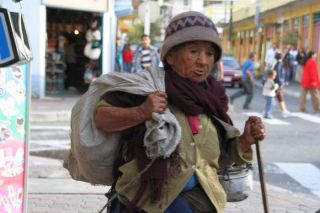

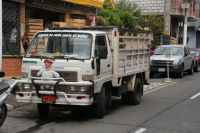
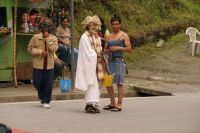
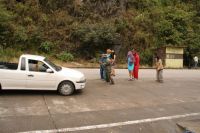
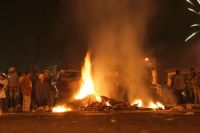
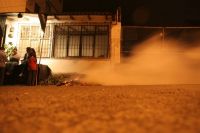
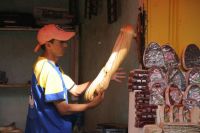
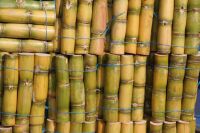

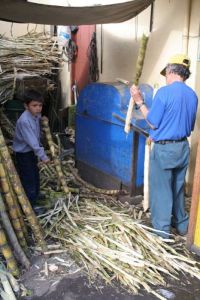
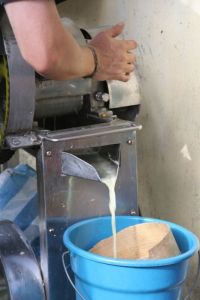
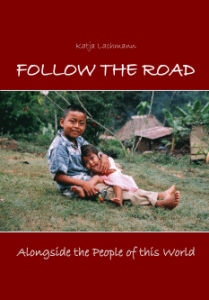
Comments
Leave a comment